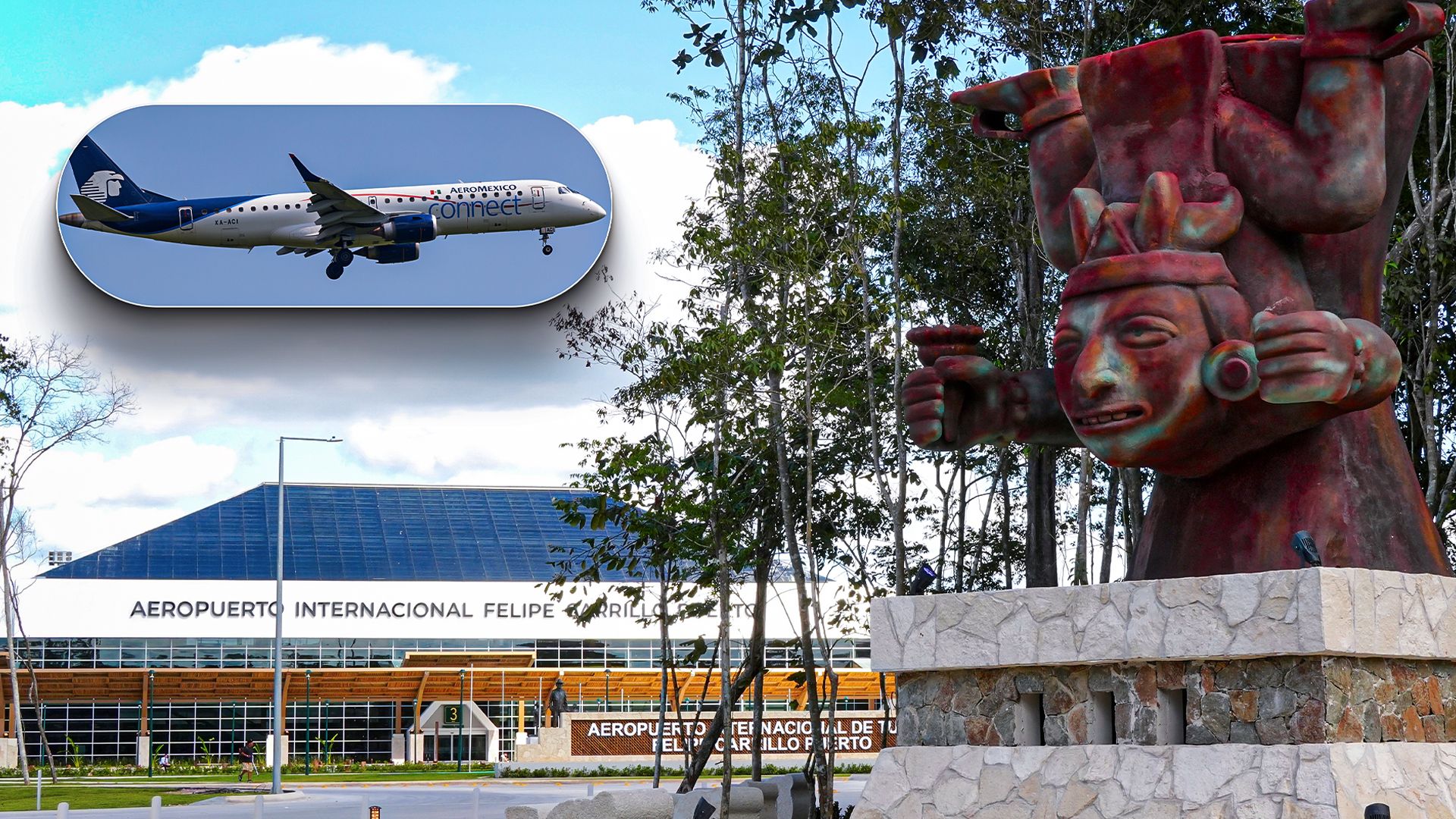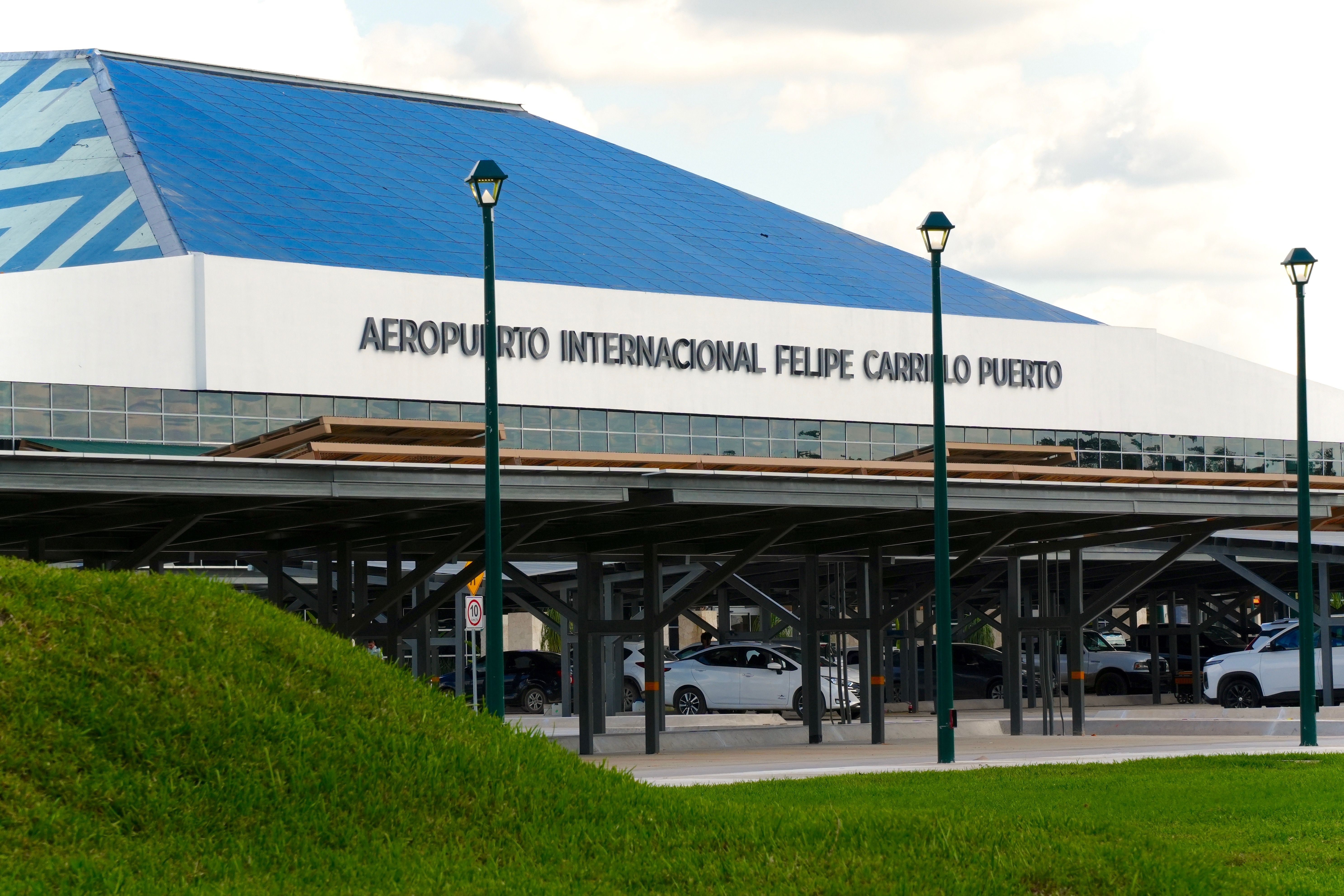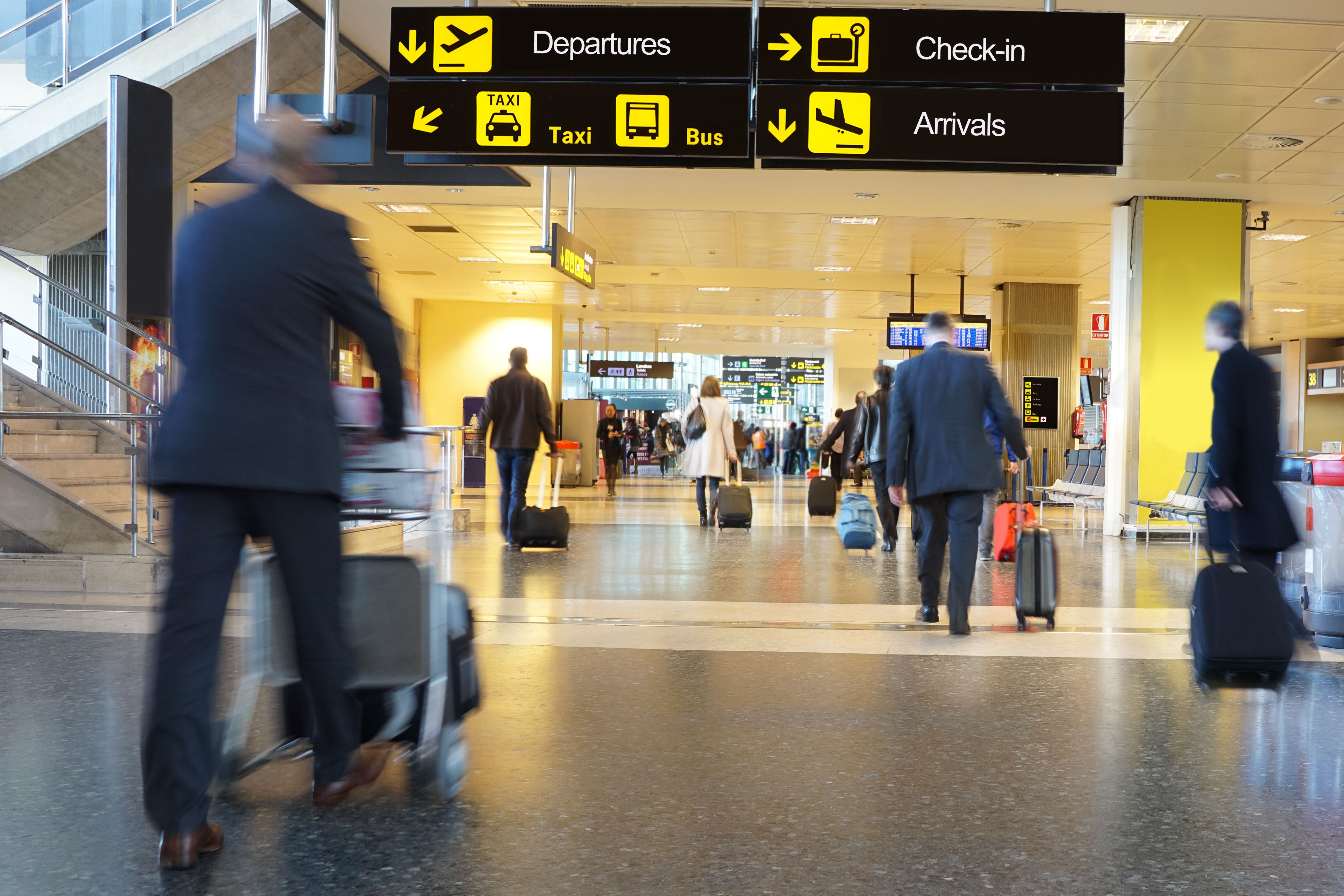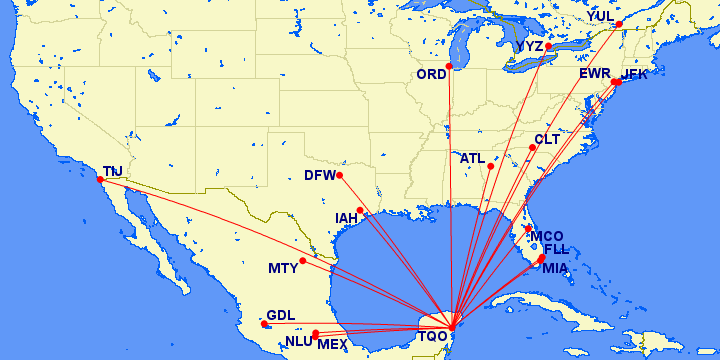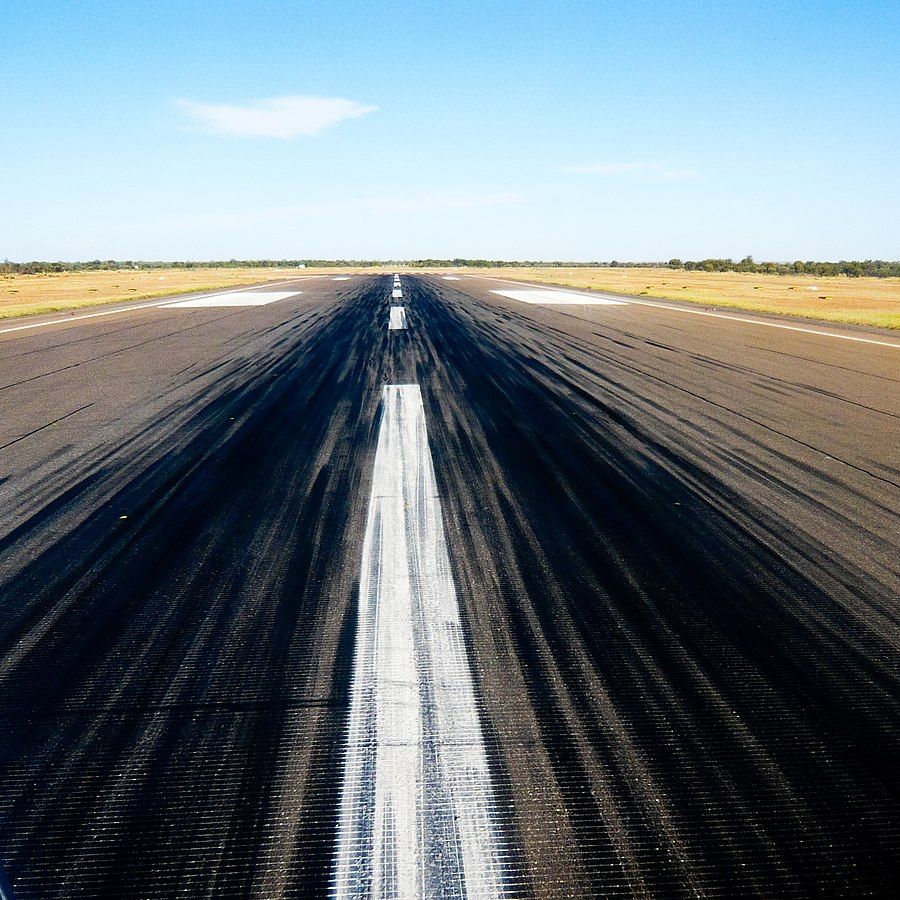Summary
- Tulum International Airport is Mexico’s newest airport, providing convenience and boosting tourism in the region.
- The airport anticipates high passenger traffic and is able to accommodate large aircraft.
- With multiple ground transportation options available, visitors to Tulum can easily access hotels and attractions.
Felipe Carrillo Puerto International Airport (TQO), also known as Tulum International Airport, is Mexico’s newest airport. It serves the popular leisure destination of Tulum, which is located on the Caribbean coast. Due to the city’s increased tourism numbers, government officials found that the city would need its own airport.
Once it was announced and construction broke ground just two years ago, several airlines hopped on and planned to offer service.
Since TQO opened, the region’s economy and tourism industry have skyrocketed from already high statistics in years past.
It has also significantly shaved off some hassle for those attempting to visit the sights and sounds of the city. Before, travelers would have to fly into Cancún but then still have a two-hour drive ahead of them before arriving in Tulum. The drive would take as much as three hours during peak travel periods due to more traffic.
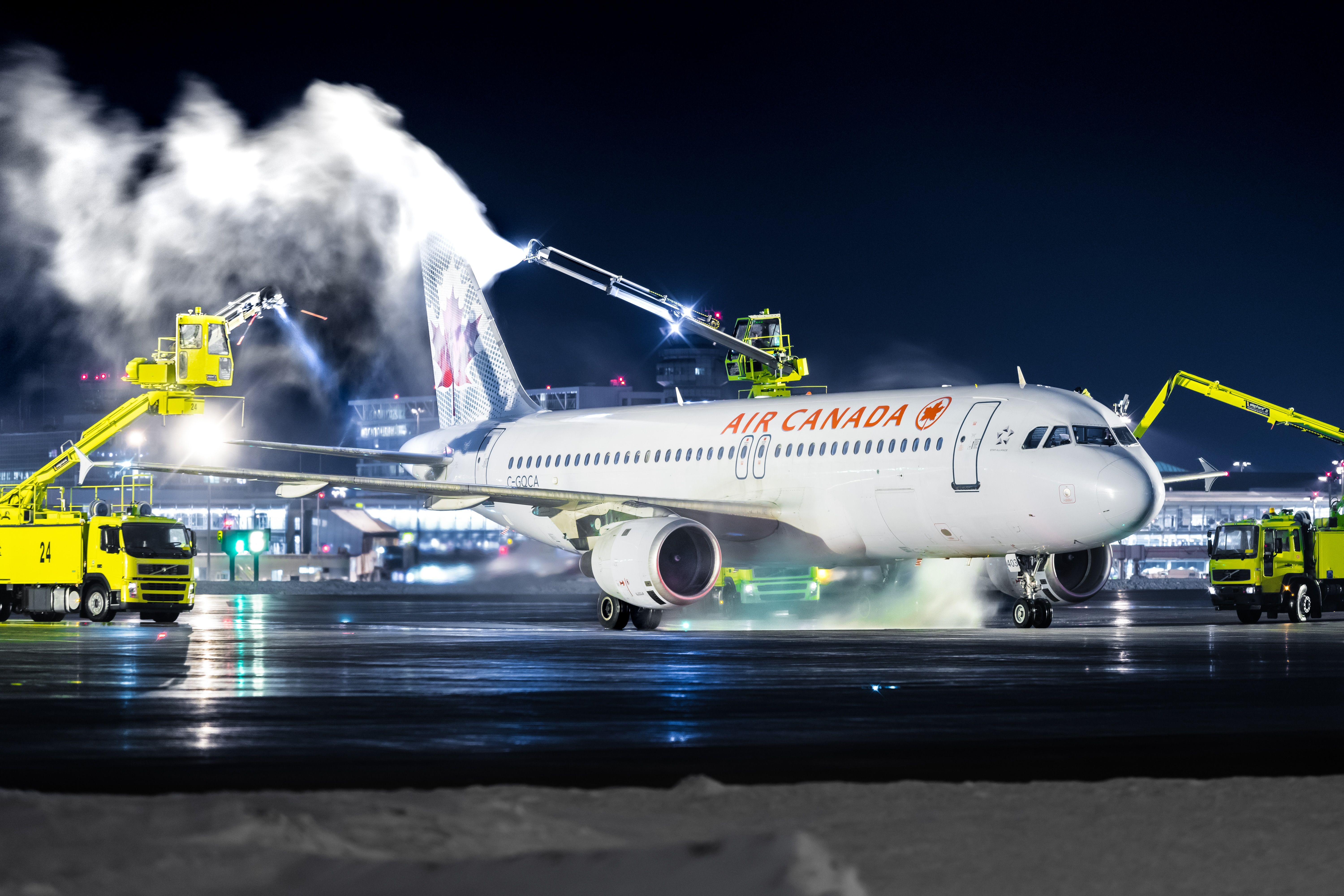
Read More
A Lot Of Love For Tulum As JetBlue & Air Canada Arrive
Next year, five US carriers and one Canadian will launch flights to Mexico’s newest airport.
Now, travelers have more convenience when visiting Tulum. Additionally, several airlines are planning to introduce more services as the airport increases in popularity.
The airport was built with the future in mind, as it is expected to handle millions of passengers yearly. Among five things to know about TQO also includes several ground transportation options to hotels and beaches, making the passenger experience even more seamless.
1
4th airport in Quintana Roo
Opened in late 2023
TQO has not even been operational for an entire year. The airport officially opened on December 1, 2023. As Mexico’s newest international airport, it is classified as a Category 4 ECO airport, according to Island Life Mexico. Tulum is located in the Mexican state of Quintana Roo, which has been home to three other airports:
- Cancún International Airport (CUN)
- Cozumel International Airport (CZM)
- Chetumal International Airport (CTM)
Photo: George Wirt | Shutterstock
TQO has become the state’s fourth airport. As it has become a better option for travelers rather than funneling through CUN, some people originally thought it would affect Cancún’s business and economy. However, according to Forbes, Mexico’s President, López Obrador, said in 2020 that there is enough room and demand for both airports.
“The truth is that there is room for two airports. There’s room for Cancún airport to continue having a large influx of passengers.”
2
2nd busiest in the region
More than ten gates
Nonetheless, officials expect CUN to remain the region’s busiest airport, and TQO will be right behind as the second-busiest airport. It has 13 gates for domestic and international flights, but officials believe that its normal traveler demographic will be people from outside of Mexico.
TQO is situated about 12 miles inland and south of the center of Tulum, meaning it is in close proximity to several tourist hotspots such as hotels, restaurants, and beaches. Other popular attractions the airport is close to include:
- The Tulum Mayan Ruins: Ancient Mayan structures near the crystal waters of the Caribbean ocean
- Akumal: A fun town home to sea turtle snorkeling and leisure activities
- Bacalar: A town known for its freshwater lake called La Laguna de Los Siete Colores, or The Lagoon of Seven Colors
Photo: Rob Wilson | Shutterstock
TQO will likely see tourism demand throughout the year, but there is no doubt that it will spike during peak travel times such as Spring, Summer, and year-end holidays.
3
Nine airlines so far
Served by 4 US carriers
Within less than a year, TQO has already become home to 9 airlines with regular service. Mexican carriers such as Aeromexico and Viva Aerobus offer year-round domestic flights to other popular cities such as Guadalajara and Mexico City.
Air Canada provides regular flights to Montréal–Trudeau, and Toronto, and Copa Airlines flies nonstop to Panama City. There are four US carriers with regular service:
- American Airlines: Charlotte, Dallas/Fort Worth, and Miami
- Delta Air Lines: Atlanta
- JetBlue Airways: New York-JFK
- United Airlines: Chicago O’Hare, Houston, and Newark
Photo: Great Circle Mapper
Some of these airlines also offer seasonal service to other destinations, while more flights and new carriers are set to be introduced by the end of the year.
4
Can handle over 5 million passengers per year
Accommodating some of the largest passenger aircraft
Although TQO is still in its early stages, it was built to handle massive numbers of passengers. The airport is on 3,706.581 acres of land, and the passenger terminal is 750,000 square feet. There are gates but no jetways, meaning passengers must board their aircraft by stairs.
TQO can accommodate widebody aircraft and has a runway that is 12,100 feet long, which is expected to facilitate more than 30,000 flights per year:
- TQO is expected to receive nearly 5.5 million passengers annually
- The airport will have 32,000 flights per year
- It can also handle multiple narrowbody aircraft and serve general aviation
5
Multiple ground transportation options
Inauguration of the Mayan Train
Once on the ground, travelers do not need to worry about ground transportation, as TQO has multiple options. Upon arrival, they are greeted with various choices that ensure a seamless transition from the airport to their final stop:
- Private taxi and shuttle transfers: This option is available for small groups of as many as three travelers, costing around $160 for travel between TQO and Tulum
- Rental Cars: TQO has rental car agencies such as Avis, Europcar, and Hertz onsite
- ADO Bus: Passengers can take public transportation, with tickets generally costing around $10
Perhaps the most notable transportation choice is the Mayan Train, which opened around the same time TQO inaugurated operations. Known as the Tren Maya, the train is a massive railway project in Southern Mexico, designed to connect all tourist attractions along the Yucatan Peninsula. It is a high-speed train, increasing efficiency for passengers once on the ground.
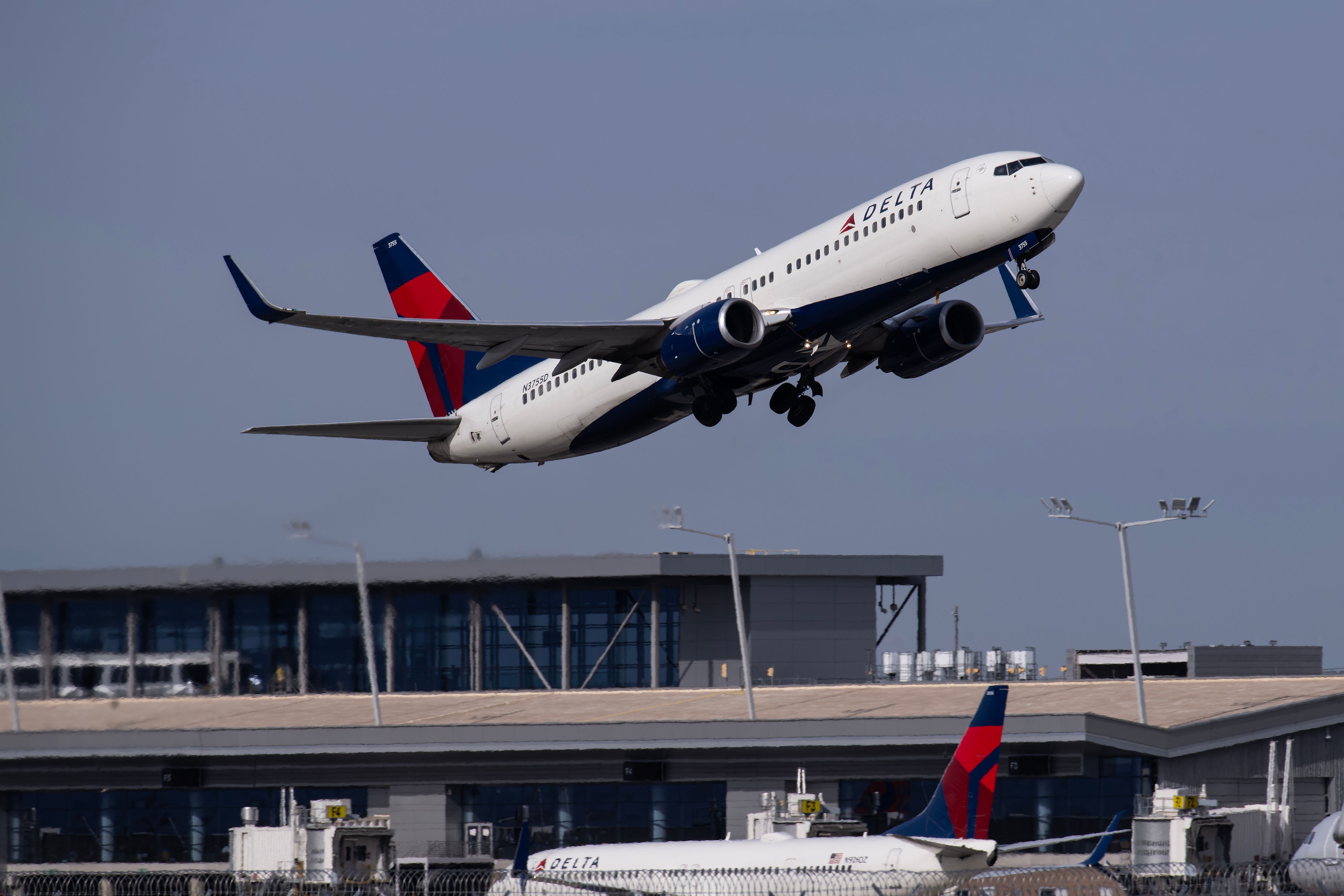
Read More
Delta Air Lines Planning For Seasonal Boeing 737-800 Flights Between Minneapolis–St. Paul & Tulum, Mexico
The airline will provide over 5,400 seats throughout the route’s tenure.

